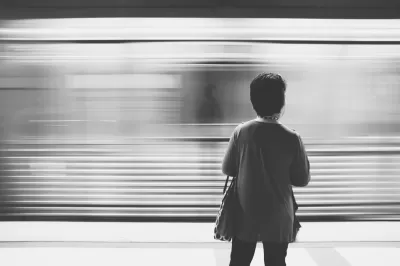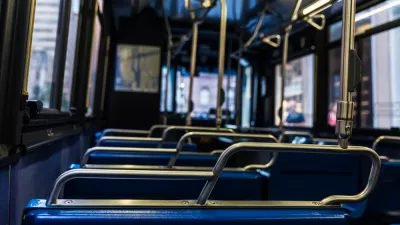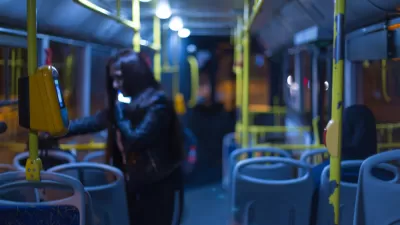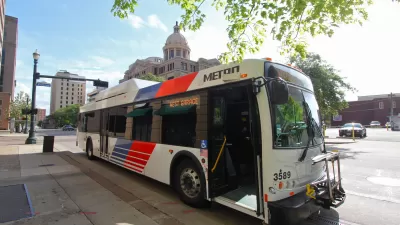While other aspects of urban life are starting to recover to pre-pandemic ‘normals,’ ridership on the nation’s subway systems is still well below average levels.

In 2019, the New York City subway carried 1.7 billion riders. In 2022, that number barely hit 1 billion. As Daniel de Visé reports in The Hill, “The nation’s second- and third-busiest subway systems, in Chicago and Washington, D.C., are faring even worse.”
While many restaurants, bars, and other social institutions have made nearly full recoveries, U.S. subway systems have not seen the same growth. This can be attributed in large part to remote work, which grew from 6 percent to 18 percent between 2019 and 2022, particularly in cities with major subway systems.
But safety concerns, real or perceived, are also keeping riders away from public transit, de Visé writes. While New York City’s subway is vastly safer now than it was in the 1980s or 1990s, the crime rate did double between 2019 and 2022, with nine homicides committed on the system in 2022. With ridership revenue remaining low and federal COVID-19 relief funds drying up, transit agencies around the country are looking for new funding sources to sustain their operations.
The article notes that smaller rapid transit systems and bus lines are recovering more successfully, partly because more bus riders are transit-dependent and work in industries less impacted by remote work.
FULL STORY: As pandemic wanes, subway cars remain half-empty

Alabama: Trump Terminates Settlements for Black Communities Harmed By Raw Sewage
Trump deemed the landmark civil rights agreement “illegal DEI and environmental justice policy.”

Study: Maui’s Plan to Convert Vacation Rentals to Long-Term Housing Could Cause Nearly $1 Billion Economic Loss
The plan would reduce visitor accommodation by 25% resulting in 1,900 jobs lost.

Planetizen Federal Action Tracker
A weekly monitor of how Trump’s orders and actions are impacting planners and planning in America.

Waymo Gets Permission to Map SF’s Market Street
If allowed to operate on the traffic-restricted street, Waymo’s autonomous taxis would have a leg up over ride-hailing competitors — and counter the city’s efforts to grow bike and pedestrian on the thoroughfare.

Parklet Symposium Highlights the Success of Shared Spaces
Parklets got a boost during the Covid-19 pandemic, when the concept was translated to outdoor dining programs that offered restaurants a lifeline during the shutdown.

Federal Homelessness Agency Places Entire Staff on Leave
The U.S. Interagency Council on Homelessness is the only federal agency dedicated to preventing and ending homelessness.
Urban Design for Planners 1: Software Tools
This six-course series explores essential urban design concepts using open source software and equips planners with the tools they need to participate fully in the urban design process.
Planning for Universal Design
Learn the tools for implementing Universal Design in planning regulations.
Caltrans
Smith Gee Studio
Institute for Housing and Urban Development Studies (IHS)
City of Grandview
Harvard GSD Executive Education
Toledo-Lucas County Plan Commissions
Salt Lake City
NYU Wagner Graduate School of Public Service





























